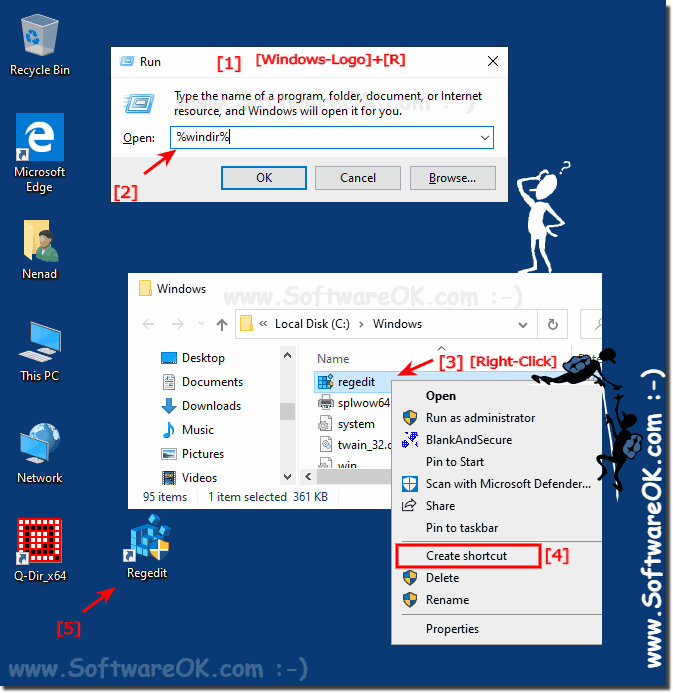
Prior to 1803, Windows would take a Registry backup every 10-days via the RegIdleBackup service. Since Windows 10 version 1803, there is no automatic Windows Registry backup. Unfortunately, it also requires a little prior planning.

This process is a little more complex than the previous sections. In those cases, you can use the manual restore option. On some occasions, Windows will not boot into Safe Mode, or other issues stop the restoration of the Windows Registry. You can manually restore the Windows Registry using the Command Prompt. If the Windows Registry does not restore from your standard Windows account, you can boot into Windows Safe Mode and try again. REG file will be automatically imported to your registry. Input regedit in the Start Menu search box, and select the Best Matchīrowse to the location of your Windows Registry backup and select Openīarring any outrageous, unaccountable errors to your system, you should now be able to back up and restore the Windows Registry.Īnother, slightly quicker method for registry restoration is to simply browse to the backup location, right-click the registry file, and select merge. The basic method works when your computer is healthy or in a low-level state of repair. There are several ways you can restore a Windows Registry backup, depending on the status of the machine. Once you have a Windows Registry backup, you need to know how to restore it. If you suspect you have a malware issue, check out our complete malware removal guide. Realistically, only issue 5 should cause you to take immediate action. Registry cleaner software will commonly identify issues 1-4 as seriously important, device destroying issues. Malware and viruses of all types regularly attack and modify the registry and will require immediate attention.
/how-to-open-registry-editor-2625150v1-dfb904bb13764c21b32e58c07a4a22a3.png)
If your computer is suddenly turned off, or crashes, or dies for another reason, it could cause an issue in the future-but this is unlikely. Each time your computer shuts down, a copy of the registry is saved to the system memory.

Similar to duplicate keys, the registry fragments when software is uninstalled, upgraded, or updated. Registry fix software will advise that your software will be 'confused' by the duplicate entries, slowing your machine, but in reality, this is unlikely. Duplicate keys are made when you reinstall, upgrade, or update software on your machine, including the operating system. Many registry fix software will proclaim these are an immediate issue, but in reality, they amount to nothing more than a few kilobytes of data in your machine. Orphaned entries occur when you uninstall programs, and small fragments of registry entries are left behind. There are several common causes of registry errors, some worth worrying about, others not:


 0 kommentar(er)
0 kommentar(er)
